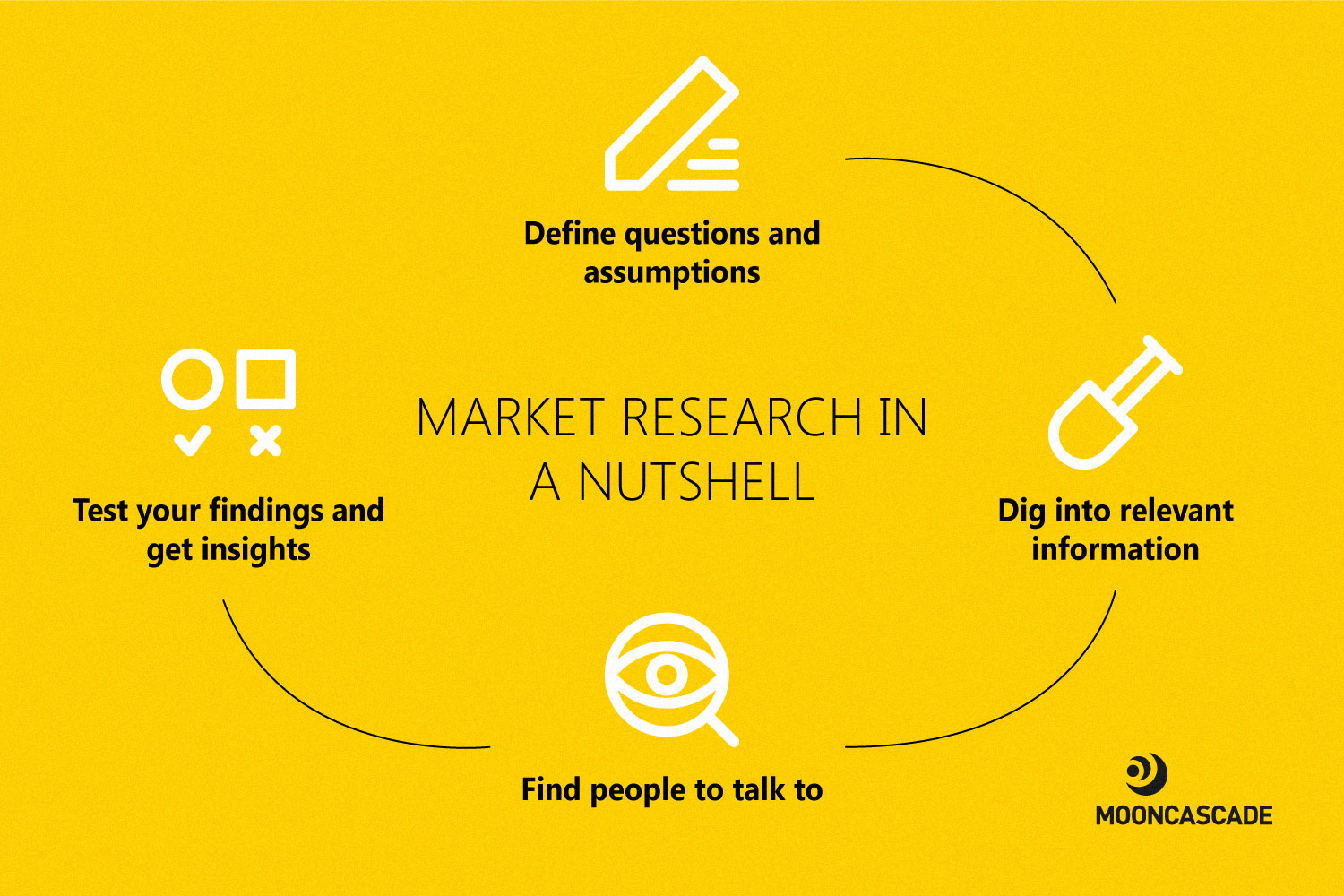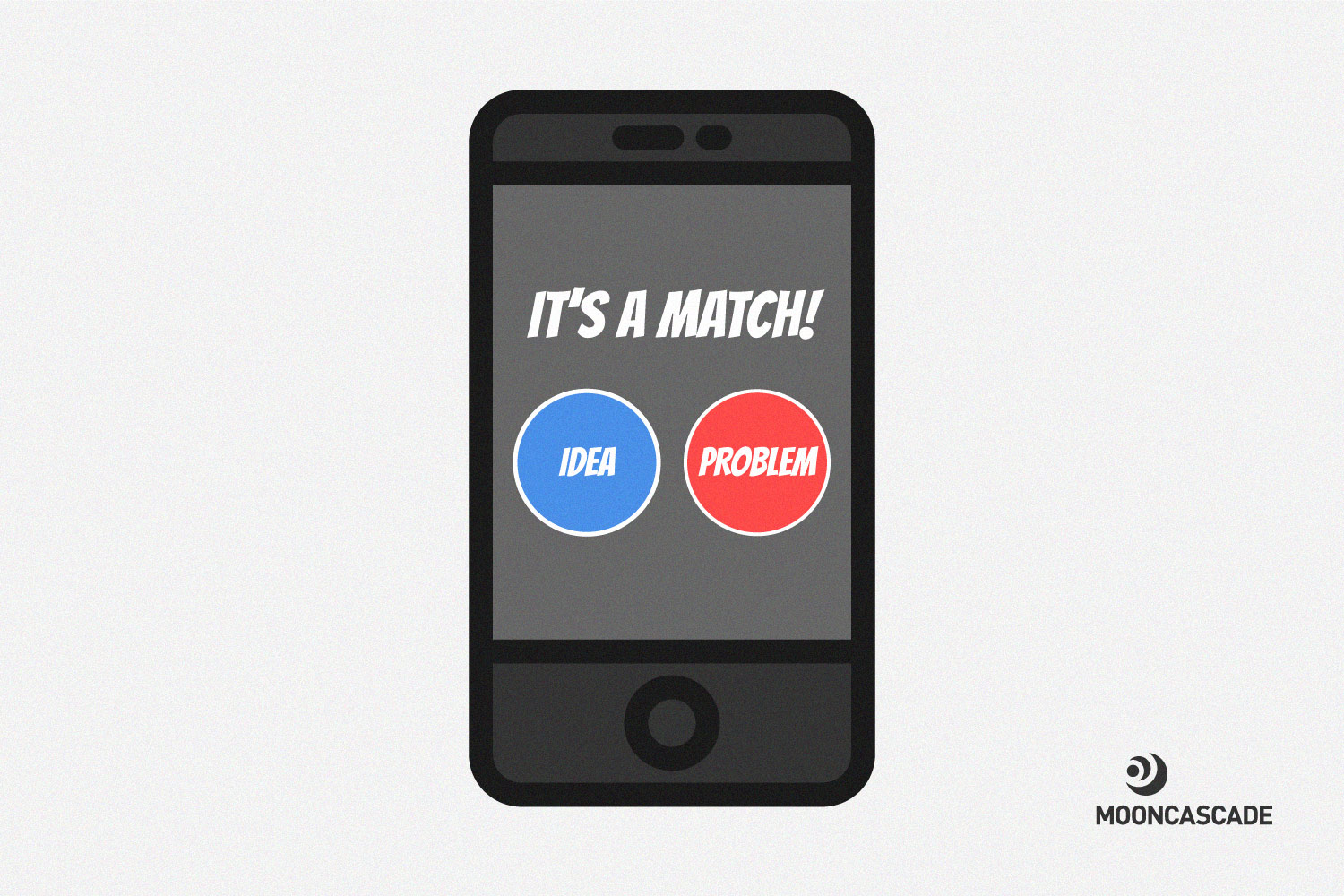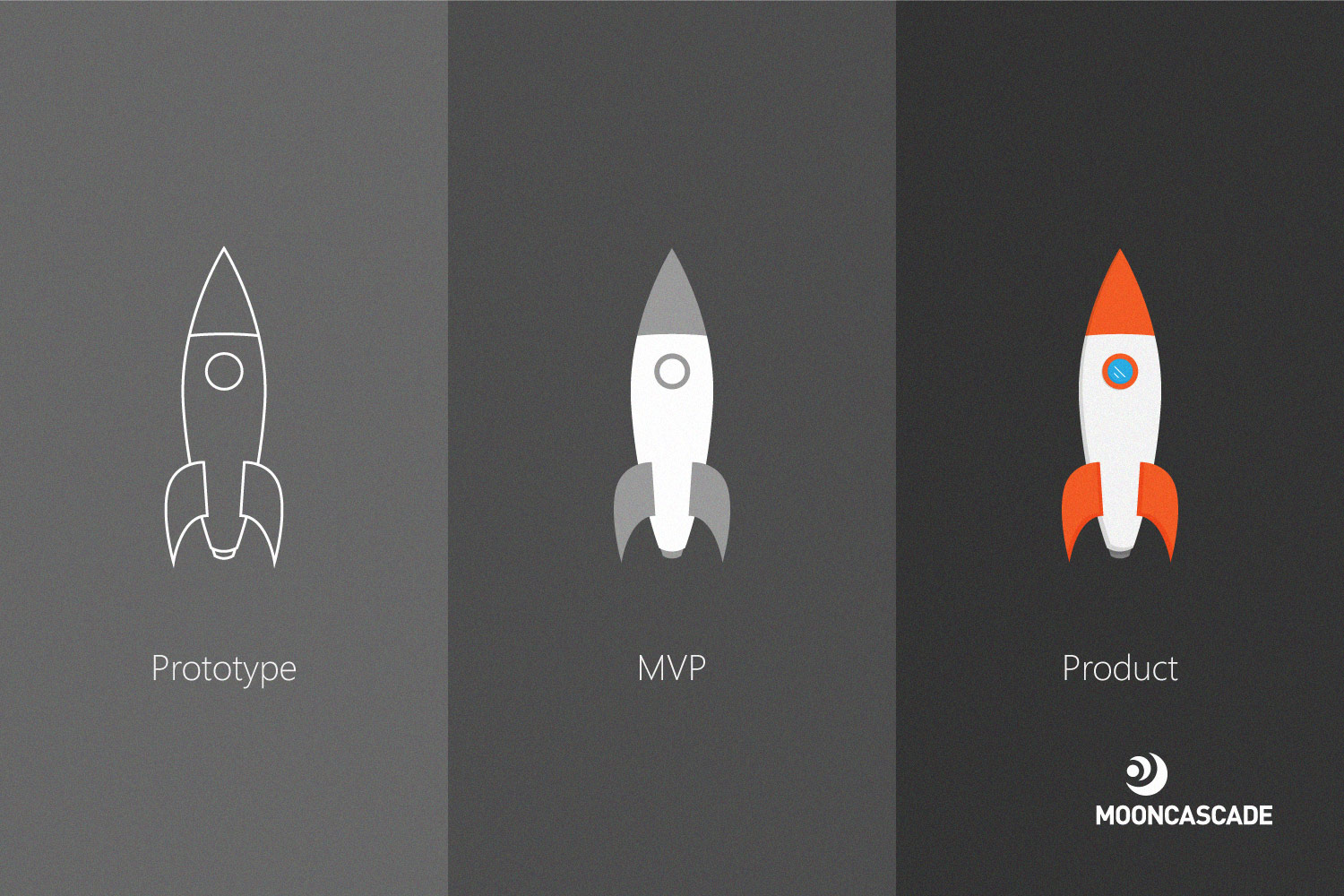The Modern Rules of Risk Management Tools
I never jump into product development blindly. Maybe some people do, and maybe they get lucky along the way. But if you aren’t the gambling type, it’s nice to have a set of risk management tools to turn to before investing time and money in a project.
Before turning to my risk management tools though, I like to start the risk management process by asking myself five questions:
- Do I understand the problem I’m solving and who it’s for?
- Is the problem worth solving? If so, how will I go to market?
- What’s my product?
- Is my product viable?
- What initial investment is needed to launch my product on the market?
These questions won’t make your product fail-proof. But they will help mitigate common risks that companies face when starting out, including building something with no demand, no value, no marketability, or no viable cost structure.
You should spend a reasonable amount of time researching these questions, enough to build up confidence in the idea’s potential and get your answers down. If you aren’t able to formulate a clear response to each one within thirty seconds, then you haven’t done your homework well enough.
Not only will this process confirm you’re building a product customers actually need, it’ll also make it easier to find funding once development starts: investors love it when you have facts to back up your ideas. So let’s take a closer look at each question and see what kinds of risk management tools are out there to help us answer them.
Do I understand the problem I’m solving and who it’s for?

For this step, my advice is simple: talk to people. And not just a few friends or colleagues. Customer interviews don’t count unless they’re done with real, live human beings outside your office walls.
It’s important to do this without leading or bias. To get honest answers, you have to be able to ask open questions. So how do you get the truth out of the people you’re talking to? I’d recommend reading The Mom Test: How to Talk to Customers & Learn If Your Business is a Good Idea, the Book by Rob Fitzpatrick, which is a great guide to the art of asking questions.
Remember: you’re not a representative set of data points on your own. To understand whether you’ve correctly identified the problem you want to solve, you have to talk to the people you think are affected by it. It isn’t too hard—just organize five to ten 30-minute interviews. This will allow you to confirm there’s real demand for your solution and outline it in more detail, including who exactly is behind it. Before you know it, you’ll establish both the business opportunity and the customer and user personas for your future product.
This kind of qualitative analysis can also be augmented by quantitative analysis. For example, if you suspect a certain segment to be potential customers, track down a few Facebook groups they belong to. Design a quick survey and spend $200 pushing it on Facebook. When used in this way, Facebook groups can be great risk management tools that can give you some numbers to back up what you’ve learned so far.
Interviews, again, are powerful risk management tools that can give you insight and information you may not have expected. Surveys give you a clearer idea of the quantities of people involved. Taken together, this data will help mitigate the risk of not understanding the problem you’re solving or of choosing a problem that’s too small or infrequent in your market. In other words, it’ll help ensure you’re building something people actually need.
Is the problem worth solving (and how will I go to market)?

Now it’s time to start painting a clearer picture of your market. Is it reachable? How many customers are in your segment? Which channels will help you reach them? Yet again, there are risk management tools out there that can help you answer all these questions.
To do this, I recommend good old desktop research. Try to find as many reports and statistics about your market as you can. Most industries have plenty of published data floating around. Risk management tools like this can give you an early sanity check and help determine what your total realistic addressable market will be.
To structure my research, I often use and modify the Google Ventures research sprint. You can design your own sprints for any purpose, but the main target here should be producing clarity and shedding light on what you do not know.
A modified version of a GV research sprint for market research (combining desktop research and interviews) would look something like this:
- Define a set of assumptions and questions.
- Compile possible information sources.
- Make a list of the people you’d like to talk to (intentional and selective recruiting).
- Research your information sources.
- Carry out five 20-minute one-on-one interviews to gain insight about your questions.
- Summarize your findings in real time.
One way or another, market research will help you avoid building something for a market that isn’t worth accessing or that you can’t access in order to sustain your business.
What’s my product?

This is where you’ll have to validate whether your idea for a solution matches the problem you want to address. There are a few methods and risk management tools you can use to do this. One possibility is to use a value proposition canvas, which is a handy modeling tool to help break down your customer profile and create a value map to determine how your product will meet their needs.
To take this process a step further, you could also try a GV research sprint or a more thorough version of a GV design sprint. Design sprints help you brainstorm, storyboard, design, and develop something your customers can react to, like a high-definition clickable prototype or a strong story. They also include customer interviews, which as we’ve seen above, are powerful risk management tools that allow you to gauge responses to your product early on and avoid developing something people simply won’t care about.
That’s the main advantage of a design sprint over a value proposition canvas: a canvas helps you figure out what needs to be validated, but a sprint includes the validation process in its very form. It’s more demanding at the start, but gives you actual data to work with at the outcome.
If this seems a little daunting, fear not: you don’t have to do it alone. It’s likely part of your software development partner’s toolkit anyway. At Mooncascade, for example, we run design sprints with customers all the time.
Is my product viable?

Now that you have a clearer idea of what your product will be, it’s time to employ another set of risk management tools to make sure you actually have a business. One of the risk management tools I like to use is the business model canvas, which breaks your project down into helpful categories like revenue streams, key resources, and cost structure.
My advice is to take all of the insights you’ve gathered—we have an ideation workshop to help you do this—and map them onto a business model canvas. This will help you understand, in broad strokes, whether or not your investment makes any sense.
Either these processes and risk management tools add clarity to what you’ve accomplished so far, or it signals things that need double-checking or testing to clarify any assumptions you’ve made. They could help you avoid finding out your cost structure doesn’t earn enough until after you’ve started building your product, for example. Or they could help determine what pricing level you’ll need to start selling your product at for it to be successful. In any case, the processes and risk management tools we’ve mentioned will get you thinking about key financial questions early on and avoid throwing money into something that is not viable.
What initial investment is needed to launch my product on the market?

For this last step, we have specifically designed Mooncascade’s MVP (Minimum Value Proposition) workshop to be one of your primary risk management tools. Our 1-2 day workshops are designed to help you determine the bare minimum your customer segments would need for the product to deliver the value proposition you promise.
Here’s a simple example. Say you’re thinking about integrating a login feature on your website to authenticate your users. One thing to consider is: should you authenticate your users at all? Facebook needs authentication, but something like a news site doesn’t necessarily call for it. Cutting off your product’s “excess fat” will help you minimize investing in engineering and delay investing in the parts you decide to cut, and risk management tools like our MVP workshops can help you do just that.
In the end, your product has to earn money, and the best way to find out if it can is to test it live on the market. With our workshop, we’ll streamline the scoping phase and get things to market early. When working with Twino, for example, we helped them cut their product roadmap in half and get quick answers about their product’s performance. We think we could do something similar for your business, too. So get in touch, and let’s see how we can help!
Risk management tools: the secret to building something people actually want.
Focusing on the risk management tools and questions I’ve suggested won’t make your business an instant success story. But it will help you avoid building a piece of junk that customers have no use for. So keep all of this in mind during your next development project. You’ll save time, money, and nerves on mistakes that could otherwise have been avoided. And remember: it’s OK to fail if you couldn’t see it coming. But it is a damn shame to fail if you (easily) could.
WANT TO KNOW MORE?
Our clients have launched an array of successful products with our help. Their secret? Knowing their business and following best practices before jumping into expensive software development projects. You too can learn how to do this at our tailor-made workshops, and the proper use of risk management tools like the ones we’ve talked about above. Get in touch today and let’s start planning!

